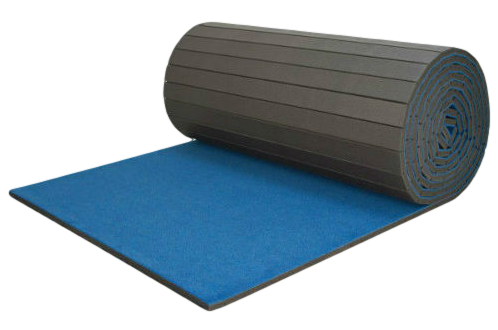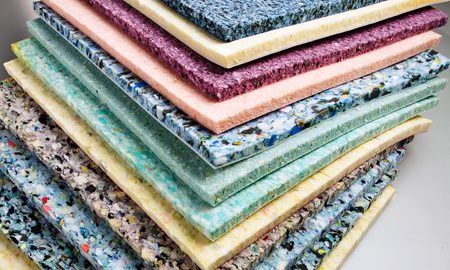One of the most predominant ways of decorating your home is a carpeting job. Many homeowners choose to go for carpeting their floors and besides carpets giving a nice touch to the interiors of a home, it also proves to be useful against damage to the floor and makes it easy to maintain. Available in a wide range of styles, materials, and thickness, carpet installation is a common process and today we will cover the installation costs, types of carpet, carpet prices, and the benefits of carpeting:
Costs for a carpet installation job:
Carpet installation costs are based on a variety of factors which include type and style of the carpet, size of the room being carpeted as well as the labor costs. Homeowners pay for carpeting on a per-square-foot basis with the average costs running around:
- $2 to $4 for low-grade material
- $5 to $8 for mid-grade material
- $8 to $12 for high-grade material.
In an average home, a carpet installation job would cost between $960 to $1680.This price is based on an average-sized 150 sq.ft room. As the size of the room increases, so does the cost of carpeting.
Carpet Padding:
Carpet padding can be made of various materials. Depending on the grade and quality of material there are multiple uses and attributes to each and every one of them. Let’s have a look at the different materials available:
Bonded Foam

This is the most common type of carpeting material found in residential settings. Made of recycled material, it does a good job covering and supporting the carpet without burning a hole in your pocket. It is also lightweight and costs can run as little as $.50 per square foot
Urethane Padding

Foam urethane or polyurethane is another cost-effective carpet pad. This particular type of carpet padding comers in two forms: Prime and Frothed. Prime urethane pads are made by cutting up pieces of foam and forming them into sheets while Frothed urethane sheets are made with liquid foam ingredients that are frothed together.
Flat Rubber:

Flat rubber tends to be a premium choice among homeowners. Its texture is dense and quite heavy which makes up for a lot of resistance against wear and tear. While it is recommended that with ever carpet replacement job, the padding should be replaced as well, flat rubber padding lasts much longer than its counterparts. The high cost of flat rubber padding is compensated with its longer lifespan.
Fiber Cushion

Fiber cushion padding is a preference for those who focus on environmental sustainability. Materials such as jute, animal hair, and other organic fibers are used to create fiber cushion padding. This kind of padding, however, needs care and protection from moisture and humidity since it runs the risk of rotting or molding. If you are planning to get carpet padding for your basement, avoid using fiber cushion padding.
Carpet types:
Carpet varieties come in either loop pile or cut pile. In some cases, manufacturers mix the two to create more variants:
Loop pile:

This type of carpet is created by threading the fiber through the backing and giving loops of fiber on the walking surface. The tautness of the fiber prevents footprints and furniture marks well. Because of the even height of the loops, the surface of loop pile is even as well.
Cut pile:

Cut pile material actually starts as a loop but the ends of the loop are cut off which leaves two strands instead of a single continuous strand. In addition to being cut, the pile of the strand is often twisted to increase its strength and integrity. A tighter twist of a cut pile will result in a more durable surface. The surface can show footprints but if the cut pile is highly twisted then footprints will diminish.
Benefits of carpeting:
The beauty, value, and performance of a carpet are indeed what makes it a valuable asset in your home. Carpeting not only enhances the aesthetics of your home but it also helps improve many aspects of your home and life as well:
Improves air quality: Carpeting has shown to have statistically improved air quality in homes by functioning as a filter against dust, pollen, and other particles present inside rooms.
Provides warmth and comfort: Insulation is a major advantage that comes along with carpets. In colder climates and seasons, carpeting can help retain warm air for a longer period of time and provide a comfortable place to sit, play, or work.
Helps avoid accidents: Carpeting softens blows and falls inside homes and can even minimize damage to articles inside the room if they fall. Injury avoidance is another benefit of carpeting.
This concludes everything one ought to know about carpeting and why it is a good decision to have a carpeting installation job in your home.